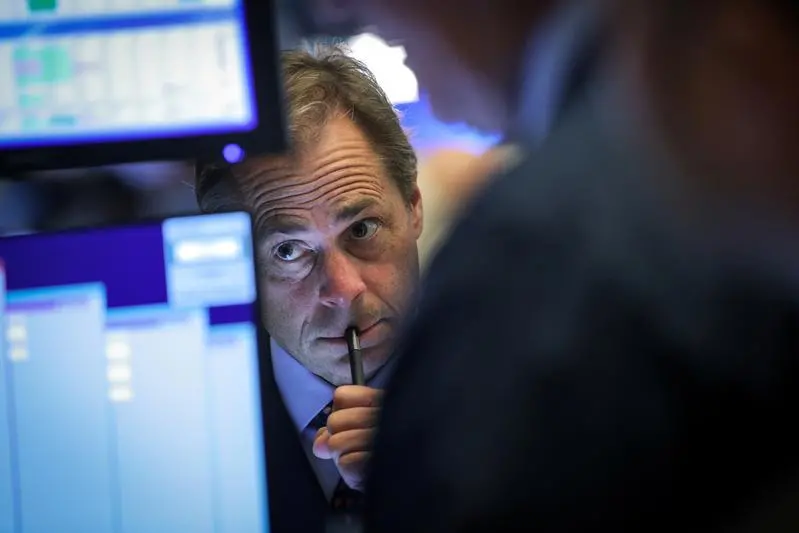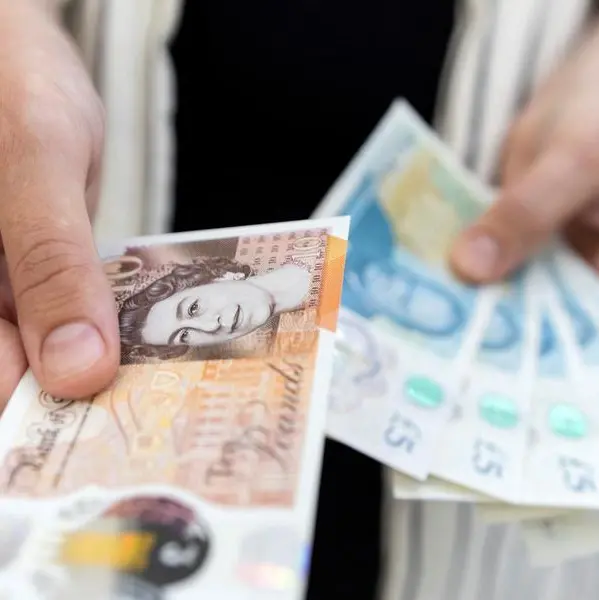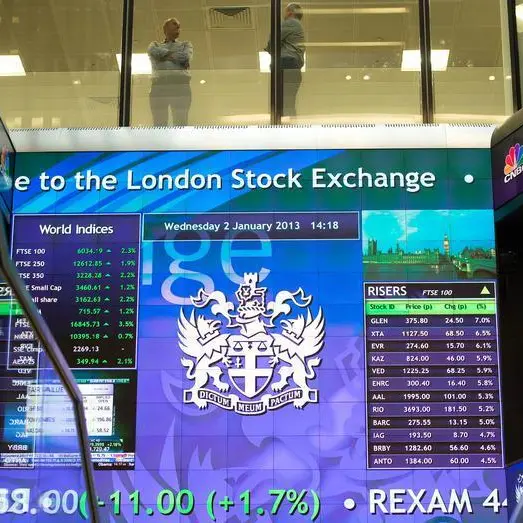PHOTO
NEW YORK - Citigroup is the least highly prized of the big U.S. banks. There are a few reasons why, from its history of behavioral missteps to a lack of growth. Changing minds takes time, but after Monday’s decent second-quarter earnings, Citi’s slow turnaround is becoming more credible.
Citi’s valuation has been stuck in a hole for years. The $166 billion lender’s market value has traded below its book value since at least 2013, a shorthand way of saying investors think Chief Executive Mike Corbat isn’t creating value. And while the shares are up almost 50% in that time, the bank has almost always languished below the average valuation of its big peers, JPMorgan, Wells Fargo, Morgan Stanley , Goldman Sachs and Bank of America.
The main reason to buy the stock, then, has been hope and buybacks, and mostly the latter. Citi has repurchased roughly one-quarter of its shares since Corbat took over in 2012; last month the bank pledged to spend $17.1 billion to take stock off investors’ hands over the next 12 months.
Promises of performance have been less effective. Citi wants a return on tangible common equity of 13.5% by 2020, but analysts predict closer to 12%, according to Refinitiv estimates – a tad higher than the second quarter’s annualized return, excluding a one-off gain. Corbat wants costs down to 53% of revenue by then; consensus forecasts are closer to 56%.
More growth would help. Citi’s North American credit-card business makes up around a fifth of the whole group’s revenue, but grows less quickly than rival JPMorgan’s, and its accompanying retail bank is roughly one-quarter the size. Scale would bring down costs. Where Citi’s North American consumer bank has an efficiency ratio of around 53%, the credit-card business within it is closer to 40%, which implies the traditional banking outfit is roughly half as productive.
Things are changing, slowly. Citi’s consumer-banking’s top line from the region increased 3% last quarter, faster than a year earlier, thanks to a 7% jump in its own-brand credit-card revenue. Retail-banking deposits increased by an annual 2%, though customer numbers were flat. If Corbat can keep growing revenue, investors will believe his targets are achievable. Citi is creeping towards the light at the end of the tunnel.
CONTEXT NEWS
- Citigroup reported earnings per share of $1.95 for the second quarter of 2019, an increase of 20% compared with the same period in 2018. Revenue of $18.8 billion was 2% higher than a year earlier.
- Analysts had forecast diluted earnings per share of $1.80 and revenue of $18.5 billion, according to I/B/E/S data from Refinitiv.
- Citi’s revenue from U.S. consumer banking, which makes up just over one-quarter of its overall top line, increased 3% from the same period last year, faster than the previous quarter’s 1% rate.
- Trading revenue fell 5% to $3.8 billion after stripping out a one-off investment gain, having fallen at the same rate in the previous quarter. Fixed income trading fell 4%, while equities fell 9%.
- Citi said on June 27 that it planned to return $21.5 billion to shareholders through buybacks and dividends over the next year.
(Editing by Antony Currie and Amanda Gomez)
© Reuters News 2019












